Chinese mobile phone maker Vivo has today unveiled new 3D sensing technology which it says has 10 times the accuracy of the Face ID authentication system in Apple's iPhone X.
Vivo says its Time of Flight (TOF) system uses 300,000 data points to map the user's face in three dimensions, compared to the 30,000 points of infrared light used in Apple's facial mapping technology.
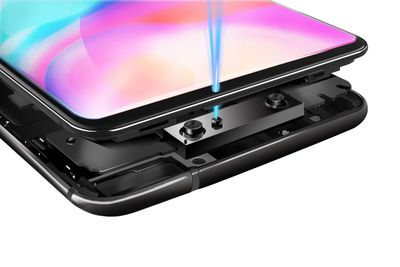
The TOF system works by detecting the time it takes for emitted pulse light to return to the sensor, which allows it to accurately map objects at up to three meters in front of it, according to Vivo. The company said the tech would enable "new opportunities in facial, gesture and motion recognition, 3D photography and AR, expanding the capabilities of the next generation of smart devices."
"From last year's debut of In-Display Fingerprint Scanning Technology, the recent launch of the truly bezel-less Vivo NEX, to our ground-breaking TOF 3D Sensing technology, we continue to forge ahead and evolve towards the truly intelligent future by opening new ways for the AI to help the consumer," said Alex Feng, Senior Vice President of Vivo. "By combining TOF 3D Sensing Technology with AI, we will continue to explore new possibilities for a better future."
Vivo demonstrated the 3D sensing technology at the Mobile World Congress in Shanghai, a stage it has used in the past to make similar big reveals. Last year Vivo used the platform to unveil its screen-embedded fingerprint sensor technology, at a time when Apple was thought to be struggling to achieve the same result. Of course, it later emerged that Apple was leaving fingerprint recognition systems behind.
Vivo says its latest 3D sensing tech is "no mere proof of concept", but it will be a while before it makes it into a commercial smartphone. Whether the increased number of data points automatically translates in practice to better security and accuracy remains to be seen.






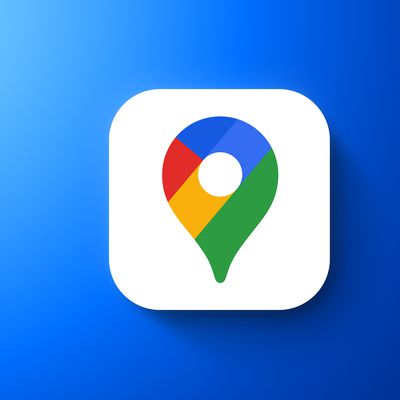
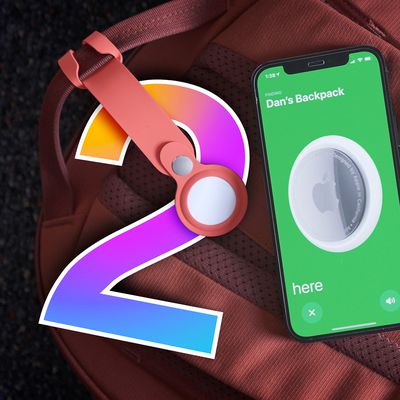
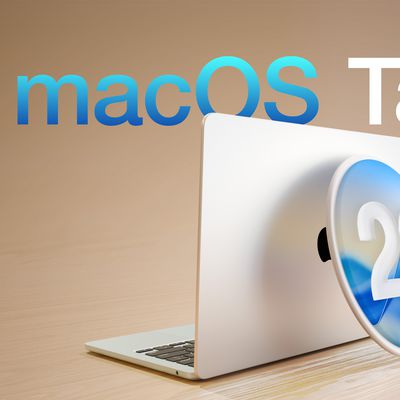


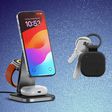








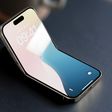
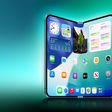



Top Rated Comments
To explain why Time of Flight is bad for face recognition no matter how many data point they add. It is due to physic especially speed of the light. Time of Flight rely on detecting extremely tiny difference in time of travel for the light to bounce back from the target. The speed of light is extremely fast, and for the tiny distance between your face and where you normal hold your phone the difference in distance between how far is point A and point B on your face from your phone is too small to tell for any modern CPU (The accuracy is limited by the clock speed. for any CPU it can only detect difference no smaller than its single clock cycle, and for the time between a single clock cycle for a 3Ghz CPU the light can travel almost 10cm during that time. It can barely tell that you had a nose) It might be good for application such as autonomous driving sensor or AR/VR in large space where resolution of few centimeters isn't really that much an issue when combine with other sensors, but unless this article is wrong about which technology they use I wouldn't trust it any more than the pattern lock on Android phone.